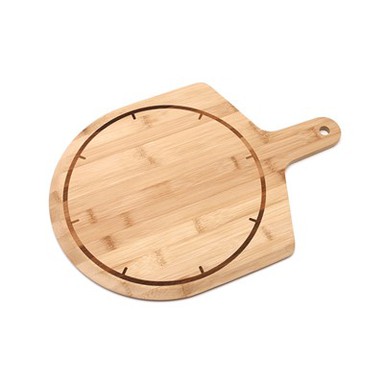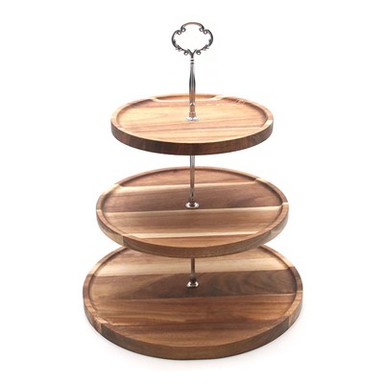What Kind Of Wood Is Best For Kitchen Utensils?
Feb 17, 2025

What Kind of Wood Is Best for Kitchen Utensils?
Wooden kitchen utensils have been cherished for centuries for their natural beauty, durability, and functionality. However, not all wood types are equally suited for culinary tools. As ideal wood kitchen utensils, it must strike a good balance in terms of hardness, moisture resistance, food safety and ease of maintenance.
Let's take a look at the best wood choices for kitchen utensils and the unique properties that make them stand out.
Wood choice for kitchen utensils
Maple, Olive, Teak, Walnut, Beech
1. Maple: Durable and Classic
Maple is a top contender for kitchen tools due to its dense, tight grain structure and high Janka hardness rating. This makes it resistant to scratches, dents, and moisture absorption-critical qualities for cutting boards, spoons, and spatulas. Maple's light color and smooth texture also resist staining and bacterial growth when properly oiled. Its neutral appearance complements modern and traditional kitchens alike. However, avoid prolonged soaking, as maple can warp over time.
2. Beech: Affordable Workhorse
European beech is a popular choice for mass-produced utensils. It offers a fine, even grain and natural antimicrobial properties, making it hygienic for food preparation. Beech is lighter in weight than maple, which some users prefer for tools like salad servers or tongs. However, it is slightly more porous, requiring regular oiling to prevent cracking. Its warm honey-toned hue adds rustic charm to kitchens.
3. Olive Wood: The Aesthetic Marvel
Prized for its striking grain patterns and rich golden-brown color, olive wood is exceptionally hard and durable. Its high oil content naturally repels water, reducing the risk of warping. Olive wood utensils, such as spoons or cheese knives, often become family heirlooms due to their beauty and longevity. However, this wood is more expensive and requires careful seasoning to prevent splitting. Sourced from pruned olive trees, it's also an eco-friendly option.
4. Walnut: The Dark Elegance
Black walnut stands out for its deep chocolate-brown color and luxurious finish. While softer than maple, its open grain structure makes it less prone to splintering. Walnut's natural oils provide moderate water resistance, ideal for serving platters or butter knives. Avoid using it for heavy-duty tasks, as it may develop scratches more easily. Its dramatic appearance pairs well with minimalist or farmhouse-style kitchens.
5. Teak: The Moisture Warrior
Teak is a tropical hardwood renowned for its natural silica content and rubber-like oils, which make it nearly impervious to water damage. This makes teak ideal for items like cutting boards or salad bowls that face frequent washing. Its golden-brown color and straight grain offer a sleek look. However, ethical sourcing is crucial, as unsustainable teak harvesting threatens rainforest ecosystems.
If you are also interested in our wood utensils set, click the "LEARN MORE"







